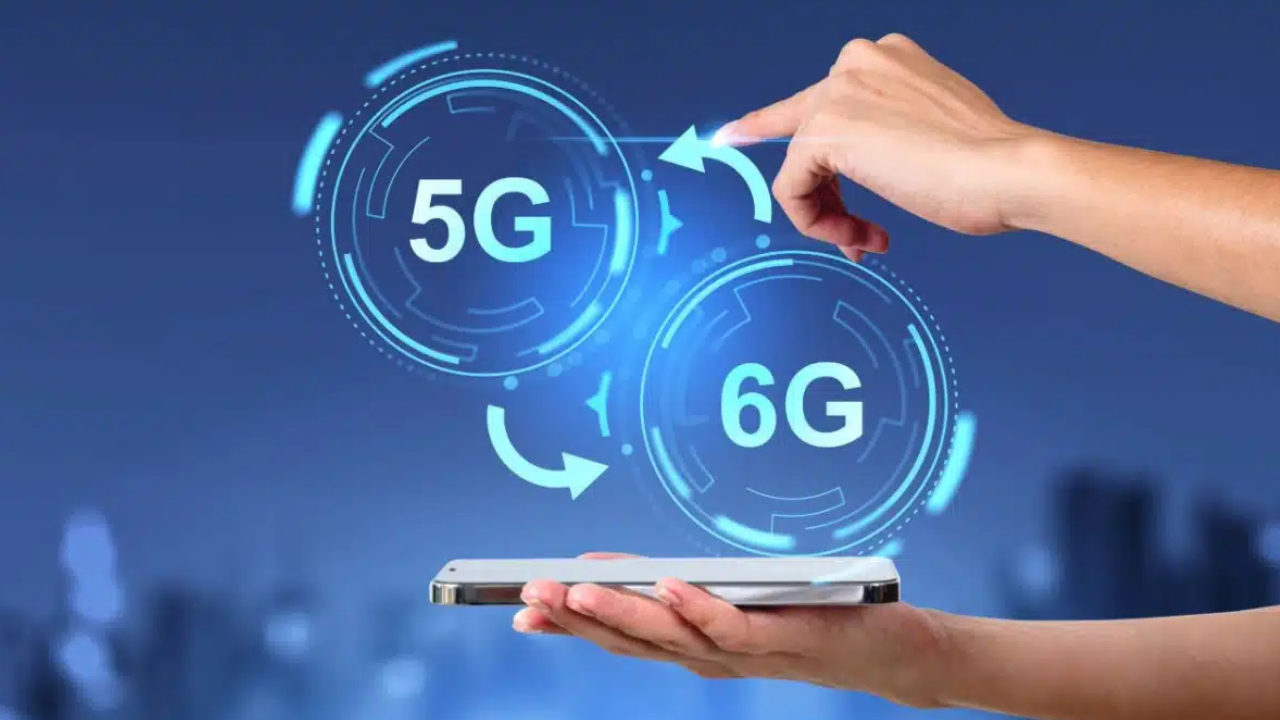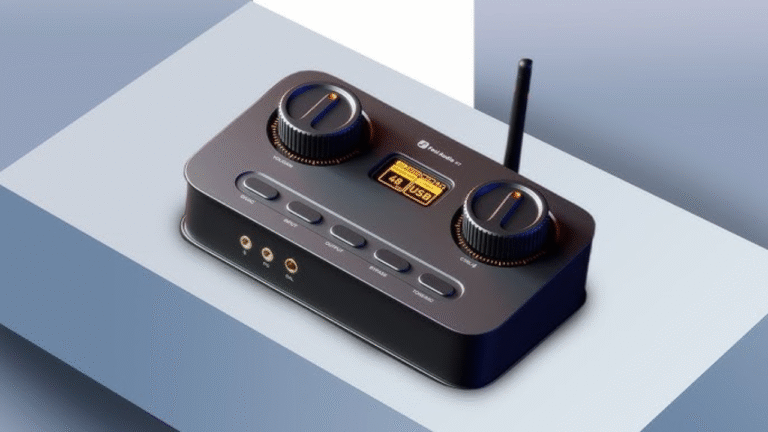5G vs 6G: What’s Next in Mobile Network Evolution?
The rapid development of mobile network technology has shaped how the world connects, communicates, and accesses information. While 5G is still expanding globally and transforming industries with its ultra-fast speed and low latency, 6G is already on the horizon. As discussions grow louder around the next generation of wireless technology, it’s important to ask: What does 6G promise, and how does it differ from 5G?
In this article, we explore the evolution from 5G to 6G, how they compare, what industries they impact, and what we can expect in the coming decade.
Understanding 5G: Where We Are Now
What is 5G?
5G, or the fifth generation of mobile networks, officially rolled out globally between 2019 and 2022. It significantly improved upon its predecessor, 4G, offering:
- Data speeds up to 10 Gbps
- Latency as low as 1 millisecond
- Support for massive device connectivity
- Improved energy efficiency and network reliability
Key Impacts of 5G:
- Smart Cities: Faster communication between devices powers connected infrastructure
- Healthcare: Real-time remote surgery and diagnostics
- Industry 4.0: Automation in manufacturing and logistics
- Gaming & Streaming: High-resolution gaming with minimal lag
Despite its breakthroughs, 5G still relies heavily on new infrastructure and has faced delays in reaching rural and underdeveloped regions.
Introducing 6G: The Future Vision
What is 6G?
6G is the upcoming sixth generation of mobile networks, expected to arrive around 2030. While still in the research and development stage, early projections suggest it will make today’s 5G look modest.
Expected Features of 6G:
- Speeds exceeding 1 Tbps (terabit per second)
- Latency reduced to microseconds
- Use of terahertz (THz) frequency bands
- Enhanced AI integration in network architecture
- 3D holographic communications
- Seamless integration of physical and digital worlds
6G won’t just enhance data speed — it will power ambient connectivity where technology and real-time data interaction blend into everyday human activity.
5G vs 6G: Key Differences at a Glance
| Feature | 5G | 6G (Expected) |
| Peak Speed | Up to 10 Gbps | 1 Tbps or more |
| Latency | 1 millisecond | Less than 100 microseconds |
| Frequency Band | Sub-6 GHz, mmWave | Terahertz (100 GHz–10 THz) |
| AI Integration | Limited | Deeply integrated into core |
| Coverage | Still expanding | Ubiquitous and intelligent |
| Technology Use Cases | IoT, AR/VR, Smart Cities | Digital twins, holography |
| Deployment Year | 2019–2025 (ongoing) | 2030 (estimated) |
Real-World Applications of 5G vs 6G
With 5G, we have:
- Smart homes communicating with IoT appliances
- Real-time translation via mobile devices
- Autonomous vehicles connected to road infrastructure
- AR-based learning tools in classrooms
With 6G, we anticipate:
- Holographic video calls that replicate in-person presence
- Brain-computer interfaces for hands-free communication
- Digital twins for urban planning and medical diagnostics
- Seamless immersive XR (Extended Reality) for entertainment and training
6G is not just about speed but enabling sensory communication and hyperconnectivity.
How 6G Will Transform Industries
1. Healthcare
- Real-time remote surgeries with nano-second accuracy
- Predictive diagnostics powered by real-time body monitoring
- Personalized treatment using AI and edge computing
2. Education
- Immersive 3D classrooms with holographic teachers
- Language learning using real-time emotion-based feedback
3. Automotive
- Fully autonomous driving supported by ultra-fast vehicle-to-everything (V2X) communication
- Data sharing between cars and infrastructure in real time
4. Entertainment
- Hyper-realistic virtual reality gaming
- Concerts and sports events streamed as immersive holograms
5. Smart Cities
- Infrastructure that adapts to human presence and need
- Energy grids that self-regulate based on usage patterns
Challenges Ahead for 6G
While the future sounds exciting, several challenges must be addressed:
- Infrastructure: 6G will require a complete overhaul of existing towers, base stations, and devices
- Energy Consumption: Higher frequency signals consume more energy
- Security Risks: With deeper AI integration, networks will be more vulnerable to cyber threats
- Privacy Concerns: Constant connectivity may raise ethical concerns around surveillance and data privacy
- Global Accessibility: Bridging the digital divide must be prioritized
To fully embrace 6G, governments, telecoms, and tech companies must collaborate on standards, safety, and access.
The Roadmap to 6G
What’s happening now?
- Samsung, Nokia, Huawei, and Ericsson have started building 6G research labs
- The Next G Alliance (North America) and 6G Flagship (Europe) are coordinating efforts
- China and South Korea are already testing THz-based transmission technologies
Timeline:
- 2025: Early field testing and pilot projects
- 2027–2028: Standardization efforts led by global telecom bodies
- 2030: Commercial deployment in advanced markets
Conclusion: Evolution or Revolution?
The move from 5G to 6G represents not just a technological shift but a paradigm shift in how we live, work, and interact with machines. 5G is helping us transition into an interconnected world. 6G aims to merge our digital and physical realities into one seamless experience.
As consumers and professionals, staying informed about this evolution is key to future-readiness. Whether you’re a business leader, content creator, app developer, or policy maker, the 5G-to-6G journey offers new opportunities — and responsibilities.
In short: 5G is today. 6G is the next frontier.





